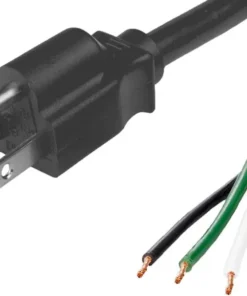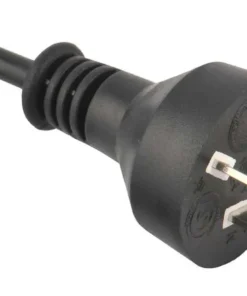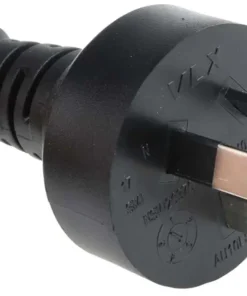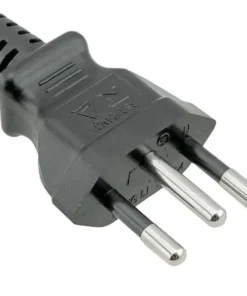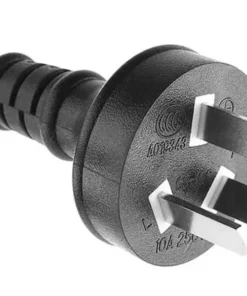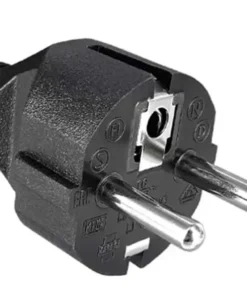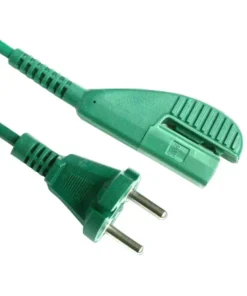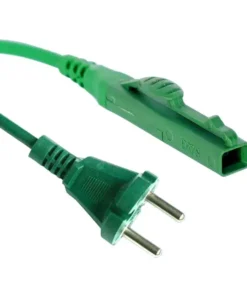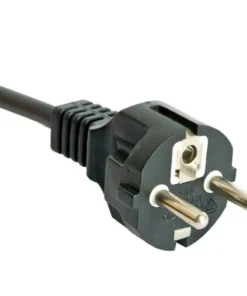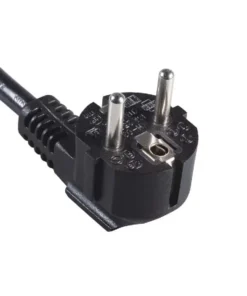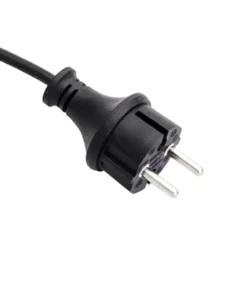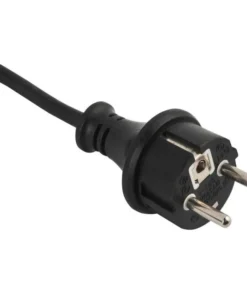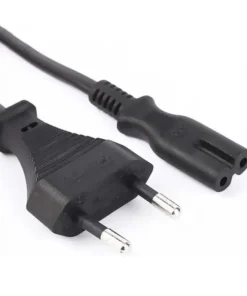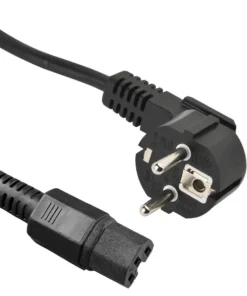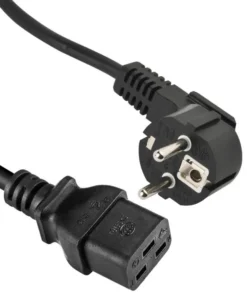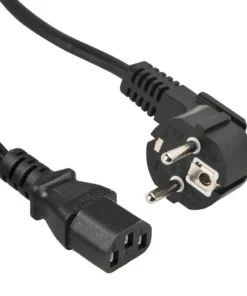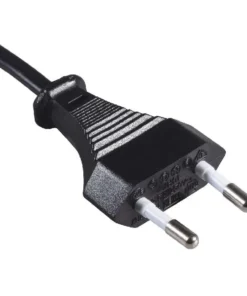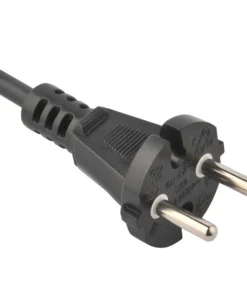Continental Europe Power Cords
When it comes to power cords in Continental Europe, the most common standard you’ll encounter is CEE 7. This standard encompasses several plug and socket types, each with its own characteristics and applications.
Types of CEE 7 Plugs
CEE 7/7 (Schuko)
This is the most widely used plug in Continental Europe. It has two round pins and two grounding clips on the sides. It’s typically used for household appliances and lower-power devices.
CEE 7/5 (grounded Schuko)
Similar to the Schuko but with an additional grounding pin in the center. This provides enhanced safety and is often used for higher-power equipment like washing machines and ovens.
CEE 7/16 (CEE 7/7 with angled pins)
This variant has angled pins, mainly used in France and Belgium, where sockets have angled slots for added stability.
CEE 7/17 (French/Belgian plug)
A unique flat two-prong plug with two earthing pins used in France and Belgium. Requires specific sockets and adapters for other regions.
Important Considerations
- Voltage and amperage: Ensure the cord’s rating matches your device’s requirements. Continental Europe typically uses 230V AC, and amperage varies depending on the appliance.
- Certification: Look for cords certified by international safety organizations like IEC or VDE for assurance of compliance with safety standards.
links
- International Electrotechnical Commission (IEC)
- VDE (German Association for Electrical, Electronic & Information Technologies)
Continental Europe Power Cords
Europe CEE7/17 Plug to Vorwerk Kobold VK140 Vacuum Cleaner Power Cord
